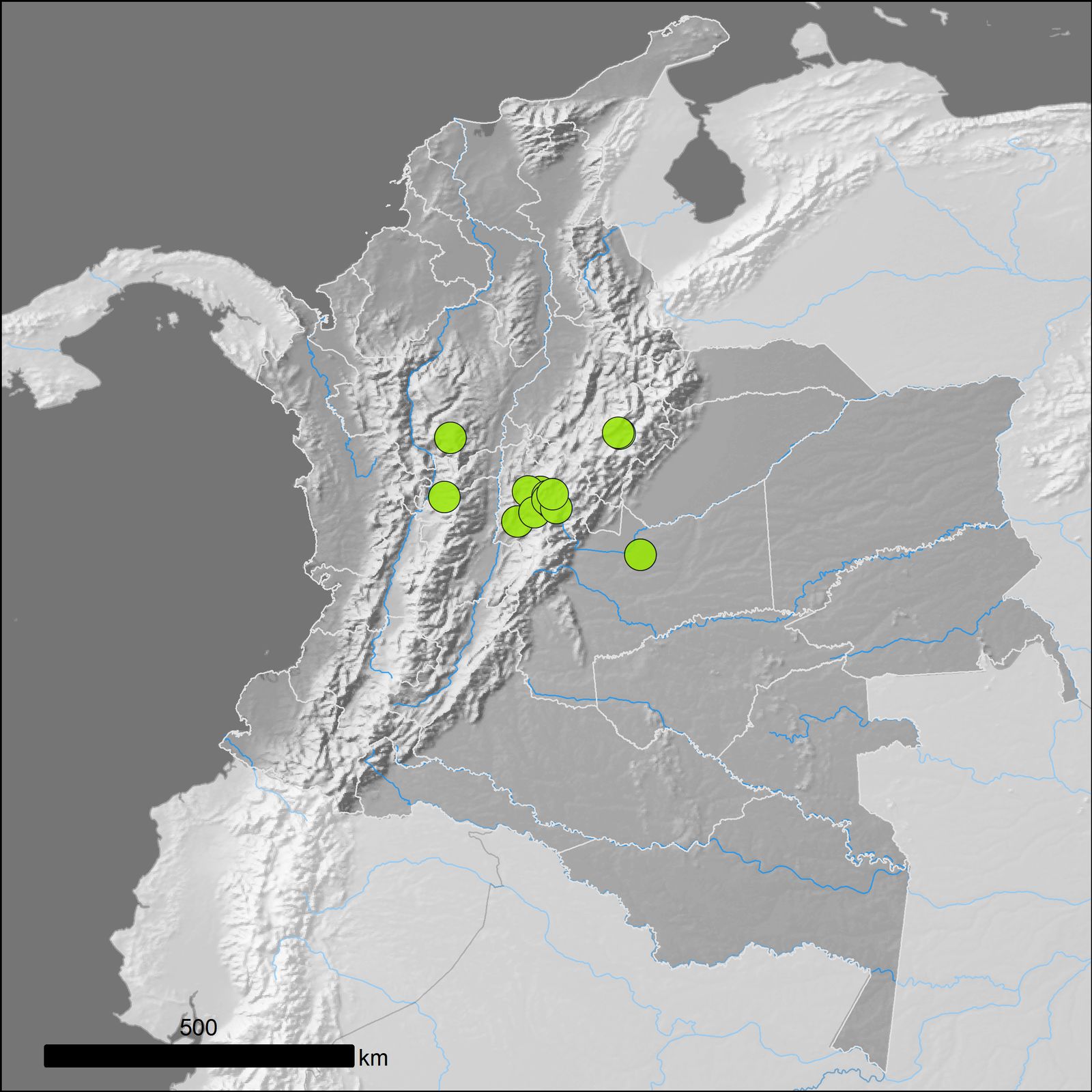Albizia
paraserianthes lophantha
Also known as: ["Albizia lophantha","Mimosa lophantha"]
Overview
A deciduous tree native to Australia, known for its bipinnate leaves and fluffy, cream-colored flowers.
Benefits & Perks
["wildlife attractant (bees, butterflies, birds)","drought tolerant","shade tolerant"]
Botanical Classification
| Phylum: | Magnoliophyta |
| Class: | Magnoliopsida |
| Order: | Fabales |
| Family: | Fabaceae |
| Genus: | Paraserianthes |
| Botanical Name: | Paraserianthes lophantha |
Plant Characteristics
Basic Information
- Category: Trees
- Suitable Location: outdoor garden in temperate to subtropical regions
- Suitable For:
- Is Weed: No
- Allergenicity: low
Environmental Needs
- Climate: {"temperatureRange":"5–35°C"}
- Hardiness: {"zones":"9–11"}
- Misting: rarely required, only if ambient humidity is very low
- Drainage: Fast-draining to prevent waterlogging.
- Soil Type: Well-draining loamy soil with organic matter.
Maintenance Level
- Maintenance Level: moderate
- Toughness Level: moderate
- Pruning Frequency: Annually in late winter or early spring; light pruning can be done as needed.
- Pruning Intensity: Moderate; remove up to one-third of old growth to rejuvenate the plant.
Care Details
Ideal Sunlight Coverage:
Full sun to partial shade; 6–8 hours of direct sunlight daily, with some afternoon shade in hot climates.
Sunlight Tolerance Tips:
Acclimate plants gradually to intense sunlight; protect from harsh afternoon sun to prevent scorching; adjust placement based on indoor/outdoor conditions.
Care Requirements
Care Difficulty
moderatemoderate
Sunlight
full sun to partial shade
Rotate plant for even light exposure; use sheer curtains to filter intense light; monitor for leaf burn.
Watering
every 7–10 days during active growth, reduce in winter
Water thoroughly until it drains from the bottom; allow soil to dry between waterings; avoid overwatering.
Soil
well-drained, loamy soil with moderate organic content
pH: Slightly acidic to neutral (pH 6.0–7.0).
Use a mix of potting soil and perlite; avoid heavy clay soils; ensure pots have drainage holes.
Temperature
Prefers warm temperatures, 65–85°F (18–29°C); tolerates mild frosts but thrives in stable warmth.
Protect from frost; avoid sudden temperature swings; maintain consistent warmth for optimal growth.
Fertilizing
every 4–6 weeks during growing season, none in winter
Apply fertilizer after watering; flush soil occasionally to prevent salt buildup; adjust frequency based on growth rate.
Propagation
Methods
Stem cuttings or seed propagation.
Step-by-Step Propagation Guide
- Select healthy stem.
- Cut below a node.
- Apply rooting hormone.
- Plant in medium.
- Keep moist and warm.
Best Time: Spring or early summer when the plant is actively growing.
Environment
Warm, humid environment with indirect light; maintain consistent moisture.
Medium
Well-draining potting mix with perlite or sand.
Hormone
Rooting hormone is recommended for faster root development.
Timeline
Roots develop in 4–8 weeks; establishment may take 3–6 months.
Tools Needed
Pruning shears, rooting hormone, small pots, misting spray bottle.
Quick Tips
Use healthy, non-flowering stems; maintain high humidity; avoid direct sunlight during rooting.
Pruning & Repotting
Pruning Guide
Method
Selective thinning of branches; heading back to encourage denser growth.
Pruning Plan
Prune to maintain shape, encourage bushier growth, and remove dead or diseased parts.
Tools
Pruning shears, loppers, gloves.
Checklist
Sterilize tools; prune during dormancy; make clean cuts; dispose of clippings.
Repotting Guide
Best Season
Early spring before new growth begins.
Pot Size
Increase pot size by 2–3 inches in diameter.
Method
Remove plant gently; trim roots if necessary; place in new pot with fresh soil; water lightly.
Suggestions
Repot every 2–3 years or when roots outgrow the container; beneficial for growth and health.
Checklist
Check root bound status; prepare new pot; use fresh soil; water after repotting.
Advanced Care Tips
Watering Mastery
Watering Checklist
Check soil moisture; water deeply; ensure drainage; adjust for season.
How to Apply Water Properly
Water directly at the root zone, ensuring even moisture distribution; water early in the morning to reduce evaporation; ensure excess water drains away to prevent waterlogging.
Watering Schedule Tips
Water deeply once the top inch of soil feels dry; reduce frequency in winter to prevent root rot.
Soil Improvement
Add perlite or sand for drainage; incorporate compost for fertility; ensure aeration with organic matter.
Temperature Stress Management
Signs of Temperature Issues
Leaf drop, yellowing, or wilting; stunted growth; bud drop.
Cold Stress
Slows growth, causes leaf discoloration, and may lead to frost damage in prolonged cold.
Solution: Move to a warmer location; provide frost protection; reduce watering in cold periods.
Hot Stress
Wilting, leaf scorch, or reduced flowering due to excessive heat.
Solution: Provide shade during peak heat; increase humidity; water more frequently but avoid waterlogging.
Fertilizing Guide
Fertilizing Checklist
Check season; dilute fertilizer; apply to moist soil; avoid contact with leaves.
Fertilizing Method
Use balanced liquid fertilizer diluted to half strength every 4–6 weeks during growing season (spring to summer); avoid fertilizing in winter.
Common Problems & Solutions
Toxicity Warning
Cats
Non-toxicParaserianthes lophantha is not considered toxic to cats. It does not produce any known harmful compounds that would affect feline health.
⚡ Toxic If:
None
Dogs
Non-toxicParaserianthes lophantha is not considered toxic to dogs. There are no documented cases of adverse effects from ingestion or contact with this plant.
⚡ Toxic If:
None
Humans
Non-toxicParaserianthes lophantha is not considered toxic to humans under normal circumstances. It has no known adverse physiological effects when handled or ingested.
⚡ Toxic If:
None
Frequently Asked Questions
Q: Is Paraserianthes lophantha suitable for small gardens?
A: It can grow quite large, so it is best suited for larger outdoor spaces.
Q: Does this plant require full sun?
A: It thrives in full sun but can tolerate partial shade.
Q: Are the flowers fragrant?
A: The flowers are not typically fragrant, but they are visually appealing.
Quick Reference
| Family: | Fabaceae |
| Care: | moderate |
| Light: | full sun to partial shade |
| Water: | every 7–10 days during activ |
Get Expert Care Tips
Download the Plantious app for personalized care reminders and plant identification!
Google Play App Store








